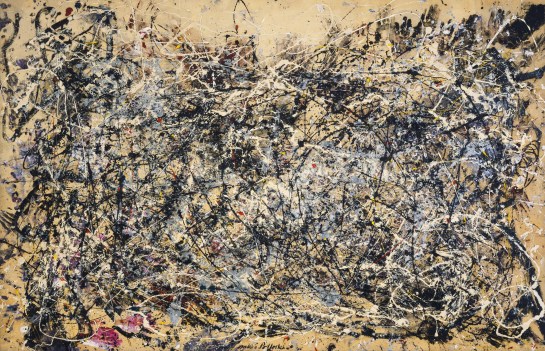Case Study: Rolex Learning Center, Lausanna, 2010
Text Assignment: Deleuze and The Genesis of Form, Manuel DeLanda
Photo: https://pathtothepossible.wordpress.com/tag/deleuze-guattari/
Advanced Architecture has developed the capabilities to mathematically and scientifically, transform topological forms, address corresponding structural compositions, introduce complex variation, manipulate data, and even apply algorithmic patterns. These developments in tools and processes are affecting the way in which we think about architecture and how architects define their role in the rapidly-changing field.
Through these digital logics, works such as SANAA’s Rolex Learnig Center have emerged. This emblematic work is programmed with libraries, student work spaces, and cultural activity space; It features several patios and welcomes the public to the EPFL Institute of Technology. The patios serve as entrances and allow natural ventilation and illumination. Separation of the user zones in this 1-story building, is defined by the hills and valleys rather than by walls and floor slabs. The hills and valleys protrude to the exterior of its shell. This topological transformation is apparent in contrast to the flat land on which it is seated but remains well blended in its long horizontal profile. It’s structural correspondence is composed of a 9×9 column grid, steel roof, 1-story glazing, and tensile members over arches and then buried underground to create the curvature geometries of the shell, the most complex components of the project. There seems to be a deliberate attempt to avoid rigidly defined circulation through space. However, there appears to be a homogeneity and control in the layers of the final design. Which brings into question it’s genesis as a result of an outside to inside or inside to outside process; The latter favored in studies of Deleuze.
According to “Deleuze and the Genesis of Form”, written by Manuel DeLanda, there are two ways of making form: from outside and from inside. He emphasizes that matter has its own form and the entity of a molecule can be the form itself. Deleuze is interested in the process of formation, from the inside because matter finds its own form through its own instinct. And this form is classified into two categories: strata and self-consistent aggregates. “Strata”, as described in DeLanda’s piece on the philosophy of Gilles Deleuze, is a homogeneous composition most closely compared to sedimentary rock. On the contrary, “self-consistent aggregates” addresses the interconnection between heterogeneous parts. For example, pebbles shaped by a river, are not self-composed; Their forms are abetted by the affects of the river. This is most closely related to rhizome structures because of the embedded multiplicity and heterogeneity of complex connections.
The stance that dictatorship of the design belongs to the study of material scientifically, parallel with the study of it’s emergent process mathematically, is certainly intriguing. I’d be interesting in further exploring the idea of the Architect’s role as a facilitator to a process. I’ve always had reservations about the fabricated rationale used in conceptual design development as the driving reason for say, why the square had to become round and resemble a fringed Victorian plate; It often seems rather random. However, I’m not quite sold on the Architect’s proposed role, void of design; Regardless of the time and state of environmental awareness that we are in, we still design for people. People may not be so enthusiastic to invest loads of cash for Architects to bill them hourly while we study site specific material properties that aggregate without a beginning or end, entrance or exit.

